According to reports, Japanese scientist Yoichi Kamihara has discovered a zero resistance superconductor. Layered in iron and stabilized with phosphorous, the superconductor has a negative resistance at 269º Celsius. Currently he is researching ways to replace the phosphorous with other elements including arsenic.
It’s no mystery that scientists are looking for ways for superconductors to function at room temperature without resistance (loss of energy). Iron-based superconductors are fairly new and still in the experimental stages, labeled as the "next generation of high temperature superconductors." Over the last 20 years, copper was the key element in superconductors that worked above liquid-helium temperatures.
But a high-temperature superconductor with zero resistance at room temperature means that there is no need for coolant systems filled to the brim with liquid nitrogen. The superconductor doesn’t overheat and doesn’t require an absolute zero atmosphere, thus providing a steady stream of energy without deterioration. Generally, superconductivity usually occurs in low temperature environments. Currently, brittle ceramics are the commonly used superconductors, but are difficult to reshape (wires etc) and are extremely expensive.
Working out of the Tokyo Institute of Technology, Kamihara’s discovery is certainly a prominent one. The implications of the discovery could be phenomenal and even devastating to certain portions of the technological market. Right now the biggest usage of superconductivity stems from the medical field, creating the stable magnetic fields used in MRI and NMR. A superconductor that doesn’t require cooling is not only good for the environment, but good for the end-user’s wallet.
Source: tomshardware
Scientists Create Zero-Resistance Superconductor
- Jan_B
- Premium Member

- Berichten: 717
- Lid geworden op: 07 dec 2006, 14:32
- Locatie: Leuven
- Uitgedeelde bedankjes: 170 keer
- Bedankt: 13 keer
269º Celsius zou fenomenaal zijn.cod2k schreef:According to reports, Japanese scientist Yoichi Kamihara has discovered a zero resistance superconductor. Layered in iron and stabilized with phosphorous, the superconductor has a negative resistance at 269º Celsius.
Nochtans vind ik in een publicatie van Yoichi Kamihara van eerder dit jaar enkel een referentie naar 43 K (ttz -230 ºC).
Ben je wel zeker van deze info?
Kamer temperatuur? Enkel in dromen en wilde theorieën voorlopig.Ofloo schreef:'k heb ergens een artikel gelezen geloof in eos over ijzer gebaseerde superconductors op kamer temperatuur, dus het zou wel kunnen kloppen.
Als ze al een (echt goede) supergeleider vonden die in de in het bereik -100 - 100 °C valt zouden ze al in de wolken zijn en bij -50 - 50 extatisch.
Jammer genoeg verliezen de huidige supergeleiders al of bijna al hun supergeleidende eigenschappen bij temperaturen waarin ze praktisch bruikbaar zouden zijn. De hele Large Hadron Collider moeten ze tot 1.9°K afkoelen om hun supergeleiders in die staat te brengen, wat weken/maanden kost.
Supergeleiders op kamertemperatuur . . . en vooral indien het niet te exotisch materiaal is, zou een revolutie teweegbrengen . .
Vergeet Moore's Law dan maar, Mag-Lev Treinen en misschien meer, Intercontinentale electriciteitskabels,....
Dat we, indien men zo een supergeleider vind, waarschijnlijk opeens een mooi sprongetje gaan maken in processor snelheden ipv van de 18-24 maandelijkse verdubbeling. Chips worden nu uit semi-geleiders gemaakt, supergeleiders zouden het mogelijk moeten maken dat eenzelfde chip-architectuur meer bewerkingen (1 en 0's of stroom/geen stroom) in eenzelfde tijdsbestek kan maken.Jan_B schreef:Ik kan je redenering volgen, behalve:
Wat bedoel je daarmee ?Draco888 schreef:Vergeet Moore's Law dan maar
Kortom indien men een supergeleider in chips zou kunnen gebruiken zou deze veel efficiënter zijn.


